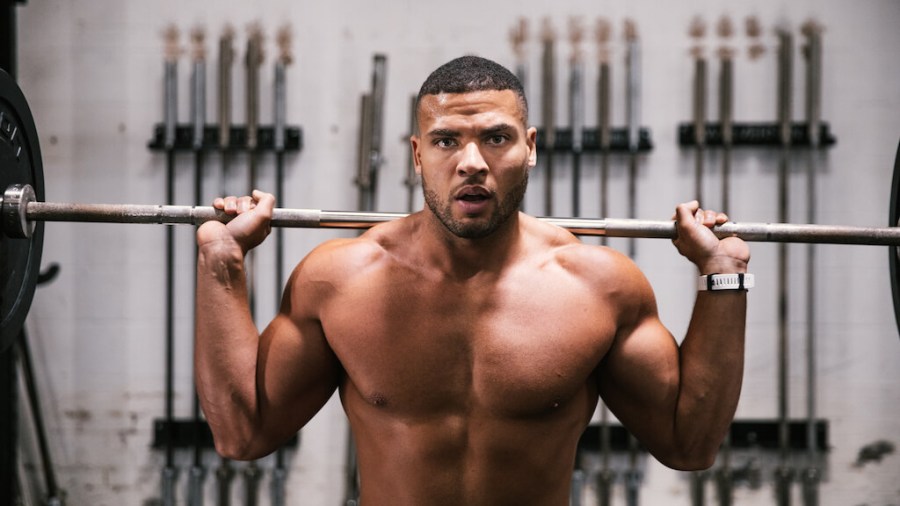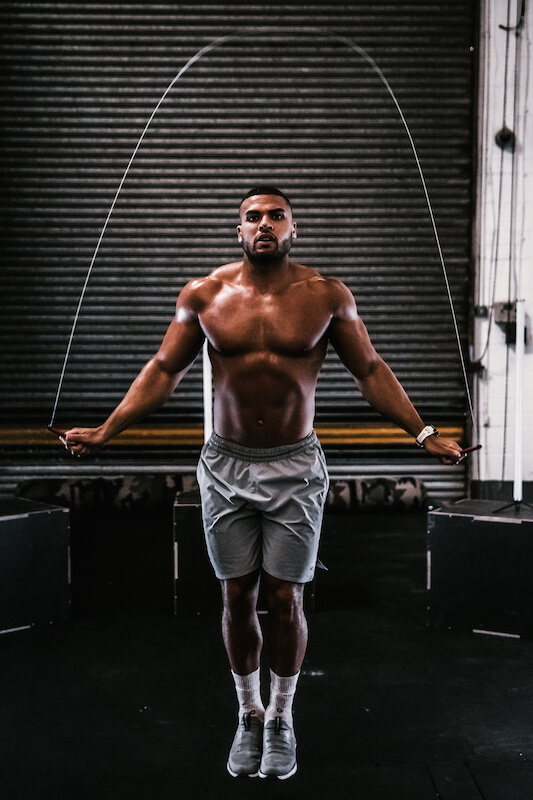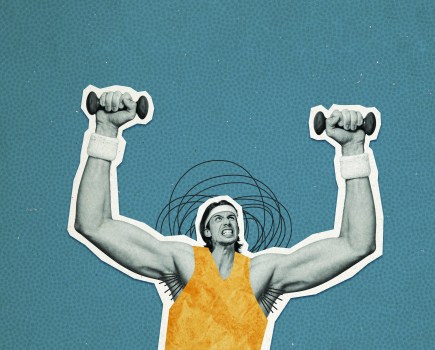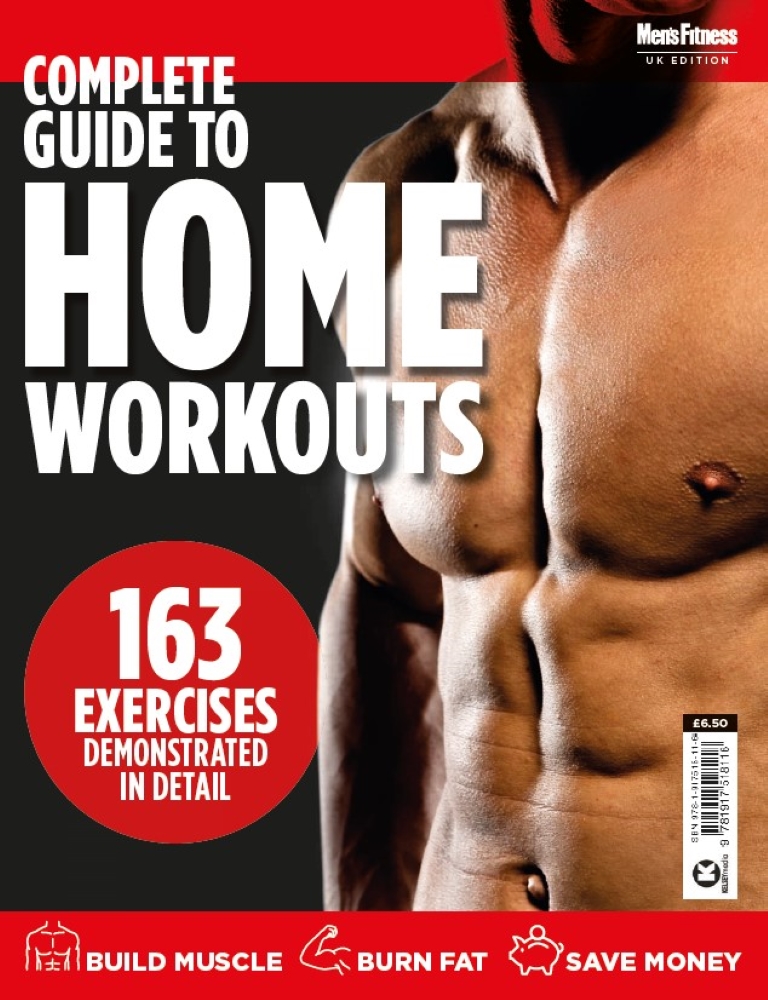Zack George CrossFit Athlete and ‘UK’s Fittest Man’ explains how to train speed, coordination, agility, balance and accuracy for complete fitness.
“In CrossFit,” says George, “we talk about the ten elements of fitness in order to assess how fit we are.”
Those elements are as follows:
- Cardiovascular and respiratory endurance
- Stamina
- Strength
- Flexibility
- Power
- Speed
- Coordination
- Agility
- Balance
- Accuracy
“The best way to train to be truly fit all round,” George continues, “is to have a training regime that incorporates each of these ten components – if your goal is optimum performance and unlocking everything your body is capable of, all elements need to be considered.”
While most people tend to lean towards aspects they enjoy or excel in, George says complete fitness – and indeed overall health – depends on training your weaknesses as well as working to your strengths.
“Generally speaking,” he says, “people are good at improving their endurance, stamina, strength, flexibility and power. These are the categories most easily trained and there are many programmes and plans out there based around these elements.
“There becomes a point, though, when people plateau in their performance: they reach a peak and can’t push past it.”
George says that’s exactly when the remaining five elements should come into play, providing, as he terms it “the secret sauce” to fitness gains.
Here, George outlines some ways to train the ‘final five’ fitness elements: speed, coordination, agility, balance, accuracy.
RELATED: Test Your Conditioning With This Classic CrossFit WOD
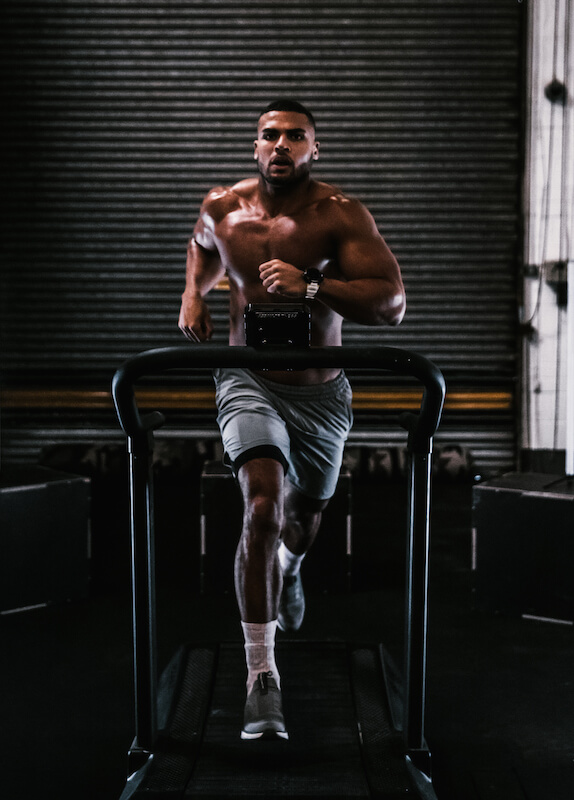
Photography: Matt Melling / Zack George x G-SHOCK
1. Speed
Put simply, this is the ability to minimise the time taken to perform a movement or activity.
“One of the best and most classic tests,” says George, “has to be the 100m sprint.”
TRY THIS:
1. 5 rounds of 3 sets of 100m sprints
- The first at 80% max capacity
- The second at 90% max capacity
- The third at 100% max capacity
2. Rest 3 minutes once your 5 rounds are complete, then perform a 5-minute EMOM (every minute on the minute for 5 minutes) of 50m sprints at 100% max capacity.
2. Co-ordination
This is the ability to combine several distinct movement patterns into a singular movement. To train for better co-ordination you need practice and repetition to fine-tune your motor skills.
“Performing double-unders – skipping with a jump rope where the rope passes twice under your feet in a single jump – is an amazing test of co-ordination,” says George.
“You need to be able to time your feet and hands in a systematic fashion in order to perform and perfect the movement.”
TRY THIS:
5 x 50 double-unders (for time)
3. Agility
This is the ability to minimise transition time from one movement pattern to another – to quickly change direction, start, stop and go.
“One of the best exercises for agility practice is the agility ladder,” says George. “You can create your own using lines, tape or chalk on the floor.”
TRY THIS:
- Forward run: stepping one by one through the ladder making sure your feet touch the centre of each box.
- Lateral run: move along the ladder sidewards from end to end.
- Hops: jump lightly landing on both feet as you move down the ladder.
- In and Out: start with left foot in the ladder then change to the right into the second box of the ladder and continue alternating until you reach the end.
- Single-Leg Hops: jump down the ladder on one leg only and return back on the other.
4. Balance
This is simply the ability to control the body’s centre of gravity while performing a movement in a stable and controlled manner.
“A great test of balance is a single-leg squat, or a pistol squat,” says George.
RELATED: How to Master the Pistol Squat
TRY THIS:
1. Pistol squat
- Standing with your feet hip-width apart, bring one leg up and out in front while you push your hips back and down into a single-leg squat position.
- Keep the chest upright, eyes forward.
2. Balance drill
- A very simple drill, which is actually a lot harder than it sounds, is to stand upright, slowly lift one foot off the ground, arms by your sides and balance on one leg for as long as you can.
5. Accuracy
This is the ability to control movement in a given direction or at a given intensity.
“Similarly to coordination,” says George, “accuracy requires a great deal of spatial awareness of your body parts during a movement. Again, practice and repetition are key here – it’s about neurological adaptation.”
“Also, if you’re accurate in your movements, you’re less likely to injure yourself.
TRY THIS:
10-minute EMOM of 10 wall ball shots to a target
- Record the number of perfectly accurate shots and repeat the exercise regularly to record improvement.
- Gradually build up by making the EMOM longer.
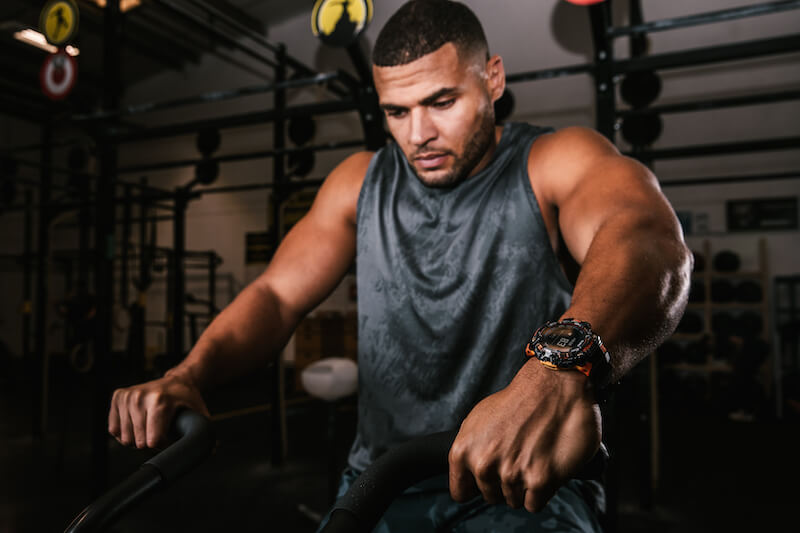
G-SHOCK Presents Zack George: Road to Redemption is available to watch now on George’s YouTube Channel

